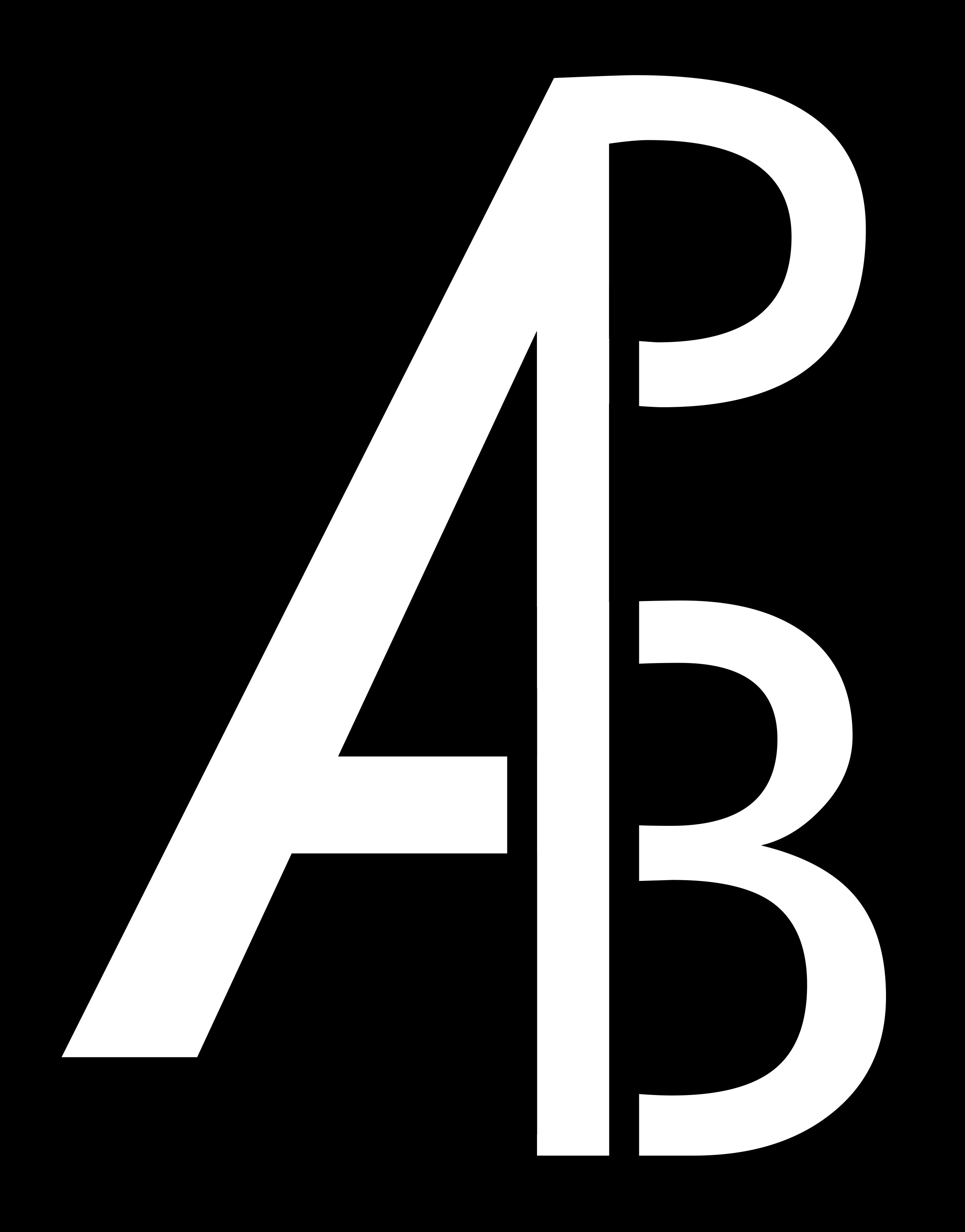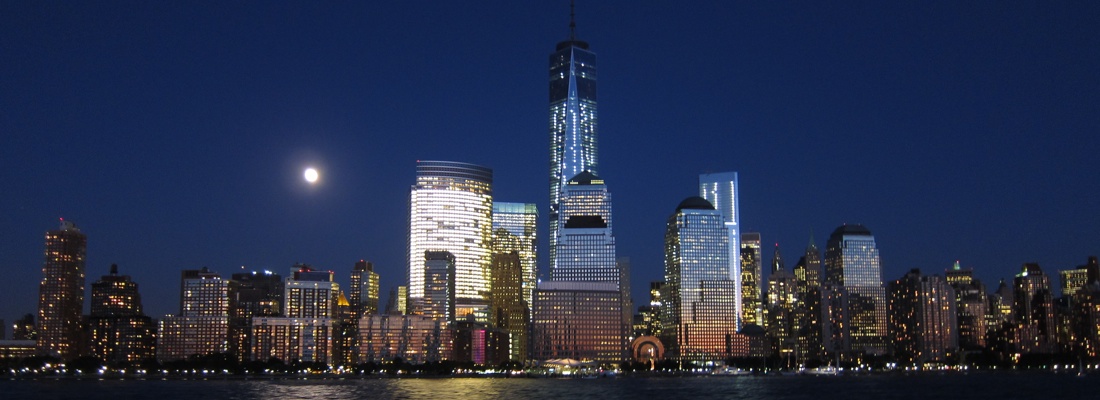With the rise of the e-book revolution over the past few years, any emerging author nowadays has to thoughtfully consider a serious question: should I pursue the traditional publishing route with New York publishers, or should I self-publish?
The answer in large part depends on what kinds of literature you write. Non-fiction sells extremely poorly on e-books, so self-publishing is not a viable option. Fiction, however, sells fairly well on e-books, and genre fiction in particular sells very well digitally, making self-publishing a potentially prudent choice for genre fiction authors.
Sometimes, the decision on how to publish is made for you. If no agent or editor is willing to represent/acquire your novel, then self-publishing is the only avenue left to you. But let’s assume that you are lucky enough to land an agent and have a chance to publish with one of the Big 6 publishers in New York? Should you?
The answer depends in large part on money, and here, I’ll try and take an objective look at what avenue will earn the average author of genre fiction more.
The way I plan to do this is to calculate the average amount of money an author is likely to earn per books sold. Since self-publishing is easy, let’s consider it first:
Self Publishing:
There are a few different self-publishing marketplaces out there on the web and most offer royalties to authors in the range of about 70% (B&N is at 65%, Smashwords has a sliding scale), but the big elephant in the room is Amazon. Their rate for Kindle sales is: 70% of (Digital List Price – Delivery Costs), where the delivery costs are $0.15/MB. The average genre fiction book is right around a megabyte in size, so let’s say this will cost you 15 cents.
According to a recent Smashwords survey, the price point that both sells the best and earns the author the most money is $3.99, so we’ll assume this is what you would price your e-book at.
Then, we can calculate the average earnings per self-published book sale: 0.7*($3.99-$0.15) = $2.69
Now, what about going the traditional publishing route?
Traditional Publishing:
This one is more complicated because you have to consider multiple types of print books, both hardcover and paperback, as well as e-books. First, let’s look at royalty rates:
Hardcover author royalty rates tend to be around 10-15% of cover price (10% for low sales numbers, 15% for higher sales). Cover price of a new book in genre fiction is about $25-30.
Paperback books can have widely varying royalty rates, but ~7.5% of cover price is normal. Cover price for these varies from about $8-10.
E-books sold by traditional publishers are an interesting case. Currently, most authors get 25% of the publisher share, which is 70% of the digital list price, or a royalty rate of 17.5% of retail price. Retail prices vary wildly, from $5-15, but the average price has dropped dramatically over the past couple years in the wake of the publisher collusion scandal. Based on numbers I can find online, I’m going to say a typical genre fiction novel sold by NY publishers is currently going for about $7.
Now, let’s consider sales:
E-books constitute about 30% of all book sales but sell at a much higher rate for genre fiction. Some genre fiction novels are actually making about 60-70% of all sales to e-books. Let’s be conservative and assume that 50% of genre fiction sales are now e-books.
Exact print book sales numbers are unknown (at least to me, anyway), but sales revenue is comparable between hardcovers and paperbacks. Seeing as hardcover novels cost roughly three times the price of paperbacks, let’s assume a 3:1 ratio of paperbacks to hardcovers sold.
So in total, let’s assume: 50% e-book, 37.5% paperback, 12.5% hardcover sales.
Combining that data with royalty rates, we can estimate an average earnings per book sale: 0.5*(0.175*($7))+0.375*(0.075*($9))+0.125*(0.12*($28)) = $1.29
But don’t forget that if you have a NY publisher, you probably have an agent who takes %15 of your earnings, so, your actual earnings are: $1.10
So to recap, a self-pubbed book earns you about $2.69, while an average traditionally-published book earns you about $1.10.
But average earnings per sale isn’t really the same as total earnings, so…
Let’s talk about marketing and sales numbers:
Book publishers want to sell the books they acquire, and so they will commit some marketing budget to promoting them. Chances are, a NY-published book will sell more than a self-published book, all things considered. That said, the age of high NY publisher support is over. I’m seeing lots of sentiment from authors who have landed agents that the agents are expecting the vast burden of marketing to be on the author’s shoulders, and some agents won’t even represent a book from someone without an online following, even in genre fiction.
So let’s ignore marketing for a moment and talk about sales.
Your self-published price is $3.99. Your traditionally-published e-book is priced at $6.99. According to data from Smashwords, with all other things being equal, the book priced at $3.99 is likely to sell about 4 times as many copies as the book priced at $6.99.
But what about sales from print media, you ask? Well, if we assume the prior numbers, e-books are 50% of all your traditionally-published sales, which means, assuming equal media exposure and marketing, your self-published book would still sell twice as many copies as your NY-published work earning you 4.9 times as much money by self publishing.
Now, I should mention some major caveats to these numbers:
First of all, NY publishers give out an advance, and many new authors do not earn out the advance. A not terrible but not great advance for a novel from a first-time genre fiction author might be $10,000, but remember the agent gets %15, so you only get $8500. You’d have to net $11,764 in royalties to actually earn $10,000 after your agent gets their cut.
But self-publishing has sunk costs that NY publishers will take care of on their own. If you’re self-publishing, you’re probably going to need to pay an editor, cover designer, and possibly an illustrator too. This means you’ll have to shell out your own cash for these services. If you’re getting the job done right, you’re probably looking at about $3000 (give or take, depending on novel length and quality of editing/cover design) to get this all done. That means to earn $10,000 after expenses, you’ll need to net about $13,000 from sales.
So to earn $10,000 in profits, a self-published author would have to sell about 4800 books, each priced at $3.99. To earn that same $10,000 in profits, a NY-published author would have to sell over 9100 books priced at anywhere from $7 to $28. Which seems more likely to you?
Of course, it’s worth noting that you could never sell even a single book with the NY publisher and still get to keep the $10,000 advance, but that probably wouldn’t bode well for your long-term writing career.
Now, there’s far more factors at play than just price when determining whether or not to self-publish or pursue the traditional publishing route, but one thing is clear: authors can earn more money selling fewer books at lower prices though self publishing.
Draw your own conclusions.
*To my author readers: if you see anything blatantly wrong about my analysis, please let me know in the comments. While I tried my best, I’m still a novice at this, and there could be some very obvious issues I’m ignoring. Thanks!
Image credit: Featured image by By OscarUrdaneta (CC-BY-SA-3.0), via Wikimedia Commons.


I never hit it with the Big 6, but had several smaller publishers; one hard cover only, two digital first. My expenses outweighed any earnings. I’ve gone indie now, and am selling books and making real money. I’d also say that there are some excellent editors and cover artists out there who can keep your expenses well below what you’ve quoted. I think my cost/book for everything runs under $1K.
Thanks for sharing your production costs! I know when I first started looking at professional editing I was pretty surprised by the range of prices. If (and most likely when) I go the self-publishing route, I think I’ll just need to find the right fit of editor and see how much they charge. Hopefully, it’ll be less than I estimated here.
I was fortunate that one of my editors decided to go free-lance, and since we knew each other’s work, and she knew I gave her a clean manuscript, she was willing to give me a good price. Likewise, my cover artist has designed so many of my covers that a lot of the ‘basics’ are already there –fonts, layouts, etc., so that his job is easier. But skimping on editing or cover art is a huge mistake.